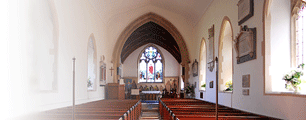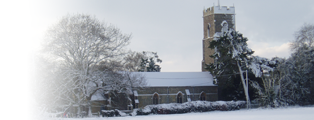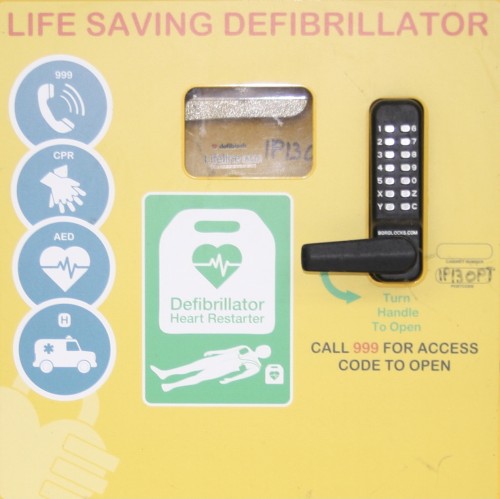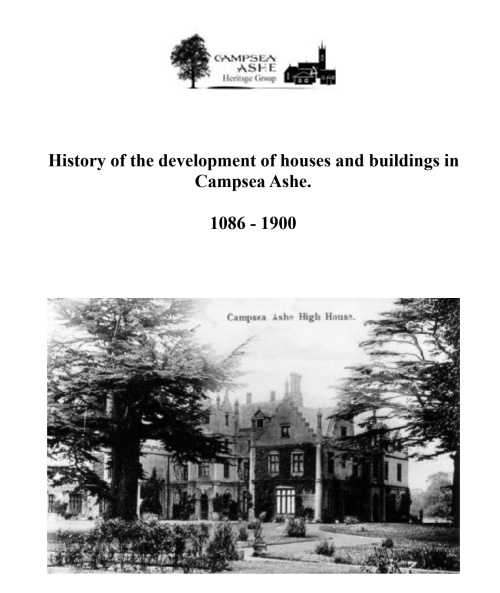History of Buildings
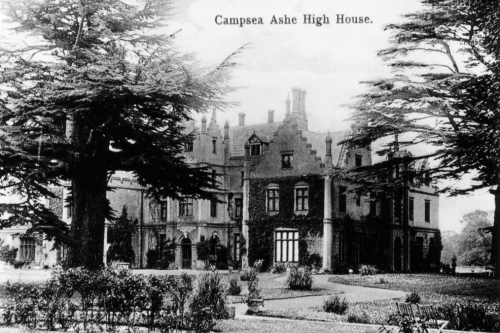
As far as it is known, there was no settlement, which is today the village of Campsea Ashe, until around 800 AD. A few Vikings settled on two adjacent sites on the banks of the River Deben, which gradually grew into two small hamlets. These Viking invaders had made their way across the North Sea and up the River Deben, which was much deeper and wider than it is today.
The two settlements were called Kampi Ey and Esca, both Viking names. The meanings of these Viking names were Kampi Ey meaning a camp on an island, Later to be known as Campesse (Campsea) and Esca, Ashe after the Ash tree. The Ashe tree was a revered tree of the Vikings. These two settlements would have been ruled by Viking over-lords until they came under Norman rule after 1086.
The Domesday Survey recorded that the settlement of Kampi Ey contained 190 acres of arable land and 11.5 acres of meadowland. It also recorded that there were 2 water mills, 2 oxen, 6.5 plough teams, 2 cobs, 8 pigs, 20 sheep and 3 beehives. Some 27 families lived in the small settlement. The families would have probably lived in a single roomed dwelling made of mud and straw.
The neighbouring settlement of Esca was much smaller and on slightly higher ground about a mile to the north of Kampi Ey. It extended some 120 acres. 16 families were living in the settlement, which was centred round what today is Church corner.
The village has developed over the years, but some buildings, such as the Church, the Smithy and Chantry Hall date back many centuries. Other buildings, such as the High House have been demolished and lost. To read a full account of the history of buildings in the village click on the image below:
